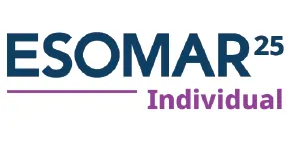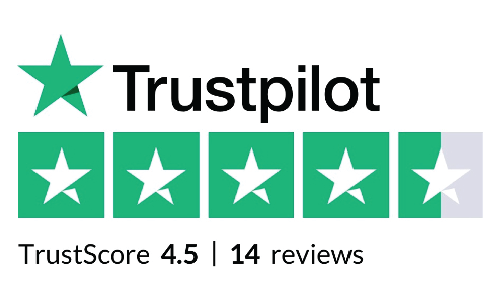
You have to make clear reports from company data, but Excel isn't working. Suddenly, everyone is talking about Power BI. If you’re unsure where to begin, you’re not alone.
Microsoft Power BI Training Courses can help you learn how to see data, make dashboards, and make faster, smarter choices. Learn the most important things about Power BI lessons in this blog.
1. Know the Different Course Levels Available
You can learn Microsoft Power BI in three stages: beginning, intermediate, and advanced. By enrolling in a course designed for beginners, you will learn how to use data, screens, and reports.
The more advanced ones teach you how to use DAX, model, and connect data sources. In the advanced levels, you learn more about data strategy, speed tuning, and complex visuals.
It's very important to pick the right level. When you're new, going straight to advanced stuff makes things more difficult. A beginning course might feel slow and dull if you already know the basics, though.
2. Learn the Essential Skills Each Course Should Cover
You can learn how to import data, make visuals, and make reports in a good Power BI lesson. It also talks about how to use Power Query to clean up messy data. If you know how to use DAX tools, you can make dashboards that are better. Data modeling helps you understand a lot of data.
You should be able to do most Power BI tasks with these skills. You'll need to know how to deal with real queries. Before you sign up, look at the course topics to see what you'll be learning.
3. Choose Between In-Person and Online Training
Teachers are usually available right away when you train in person. You can meet new people and ask questions right away. These courses let you learn at your own speed and revisit difficult sections more than once. A lot of them also have short movies and quizzes to see how much you've learned.
Plan your time and think about how you learn best. The greatest option if you desire flexibility is online. Go for in-person if you like learning with a group and getting help.
4. Evaluate Course Providers and Reviews
Not every company that gives training is the same. Some teach more about the idea, while others teach by doing. A course with good ratings usually has up-to-date materials, clear directions, and help. Microsoft sets guidelines that most certified providers must follow.
Before signing up, you should always read reviews. Former students often share their experiences about what was effective and what did not work. Pay attention to opinions that say tools are out of date or topics are missing.
5. Check for Real-World Applications and Exercises
At the best courses, you don't just learn how to think about problems; you also learn how to fix them. Practice with data from marketing, sales, or finance. A good way to build a resume is to work on real projects.
Putting what you've learned into real-life situations helps you remember it. When you work with real data, things can go wrong, just like at work. That's where you gain confidence.
Choose a Course that Aligns with Your Goals
Taking a Power BI training is a good way to gain confidence in making decisions based on data. Compare the course material, how it is taught, and how it can be used in the real world. Thus, you'll be able to easily pick a course that fits your needs and makes it easy for you to turn data into useful insights.
Disclaimer: This post was provided by a guest contributor. Coherent Market Insights does not endorse any products or services mentioned unless explicitly stated.





